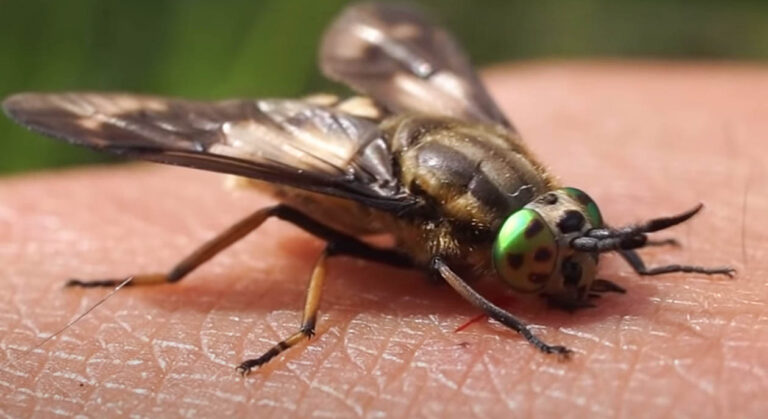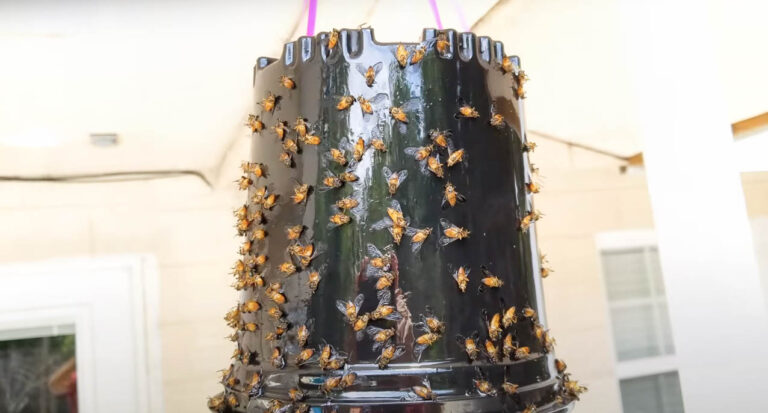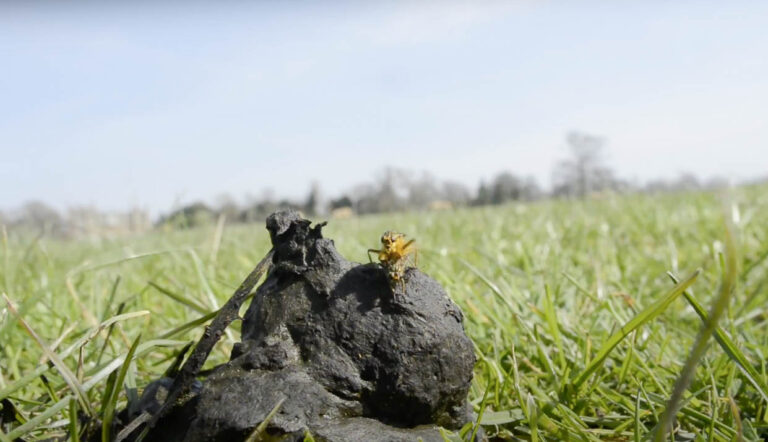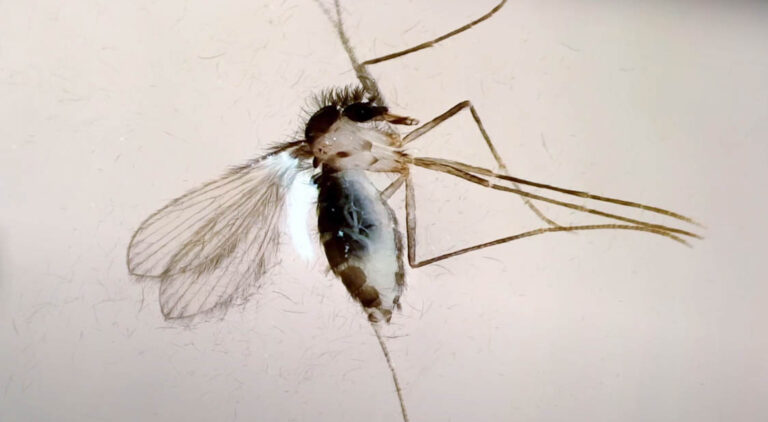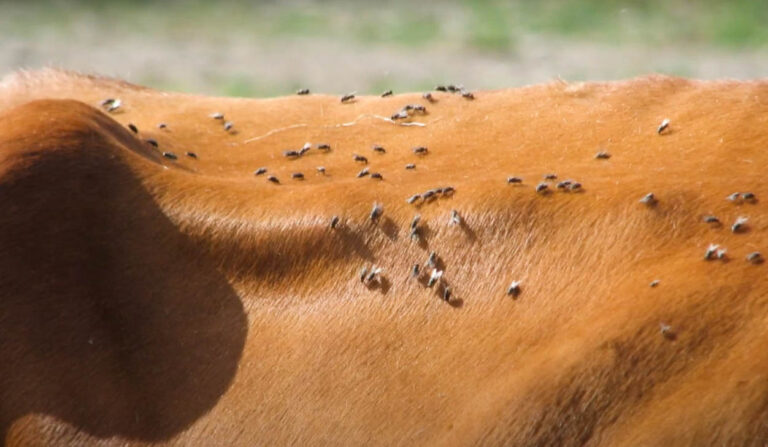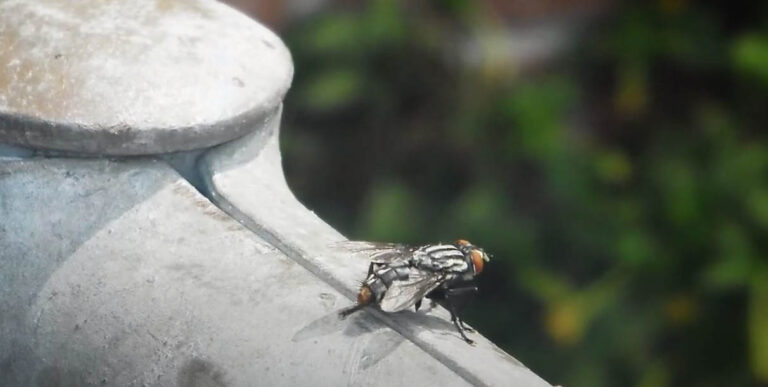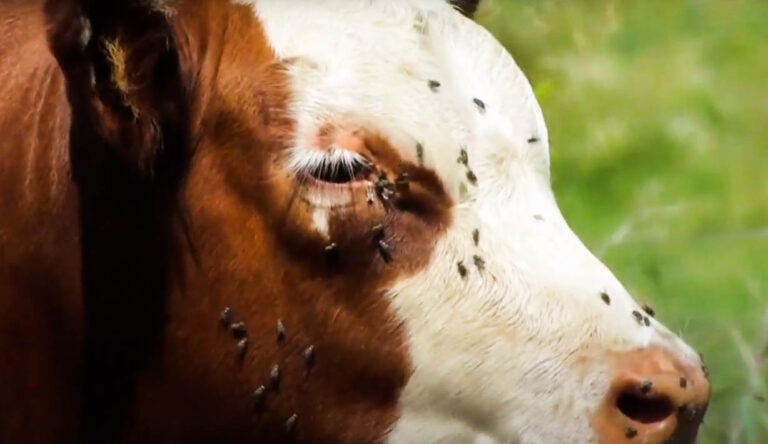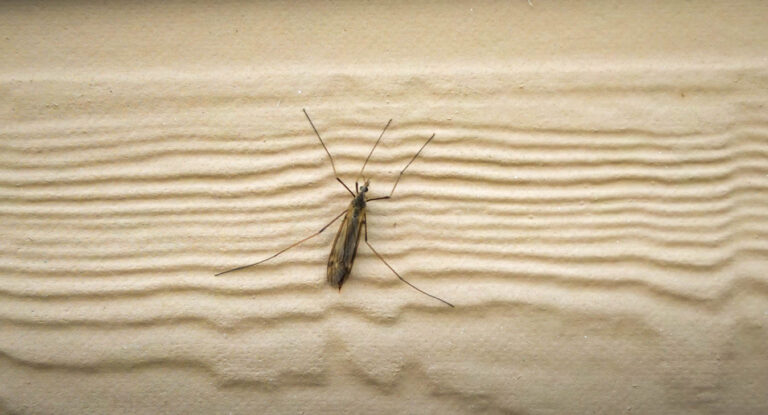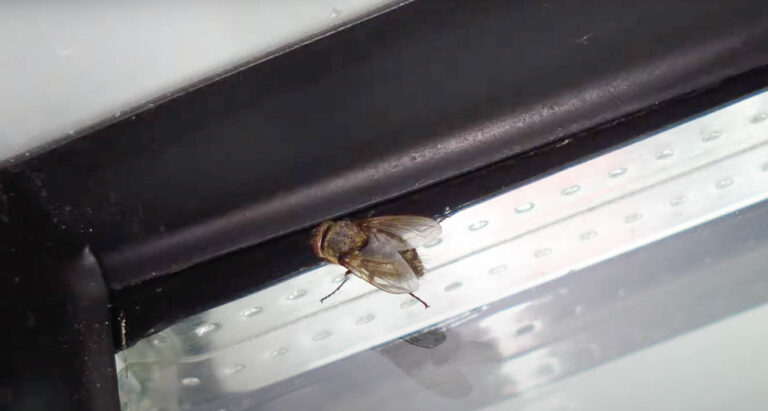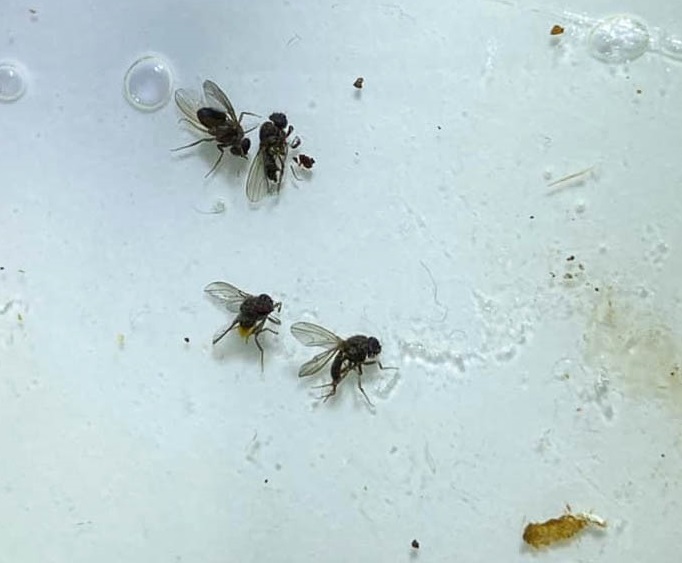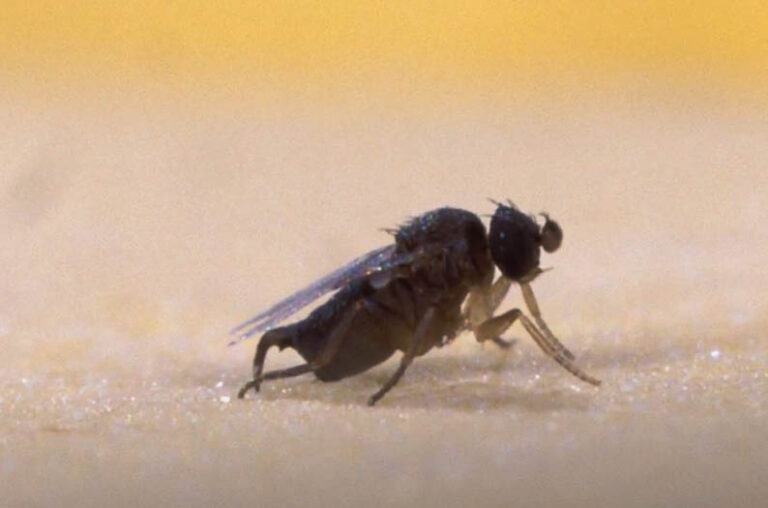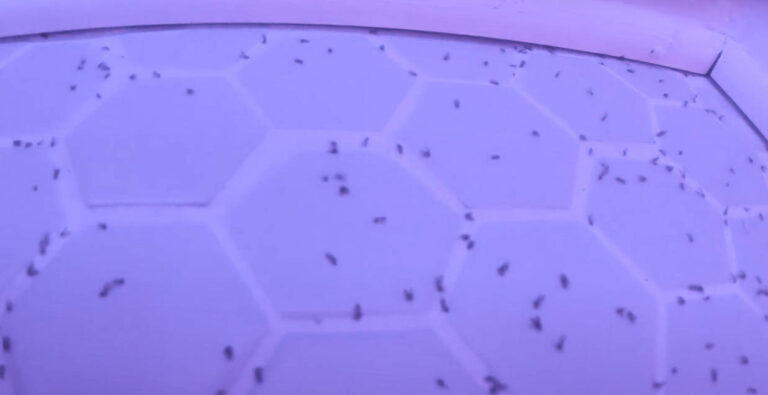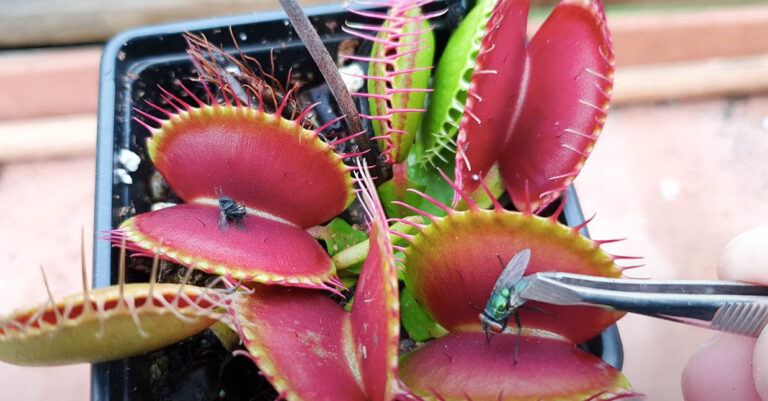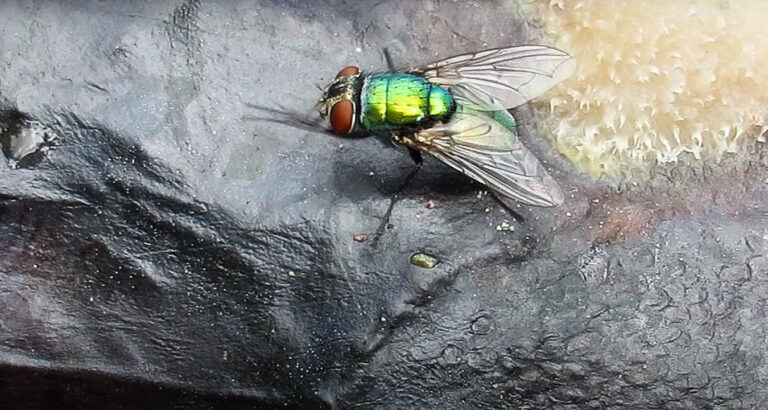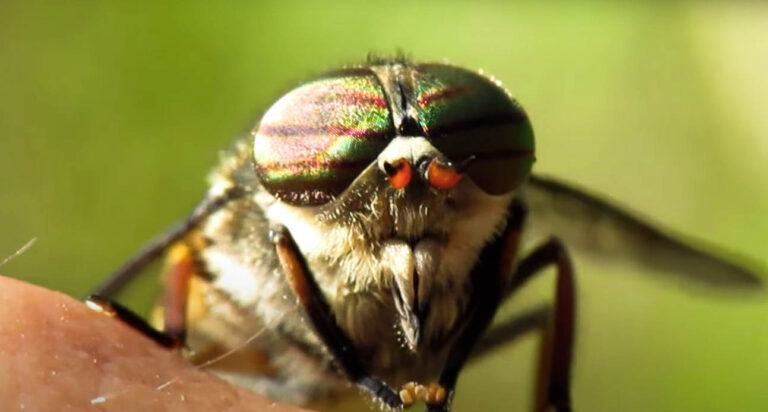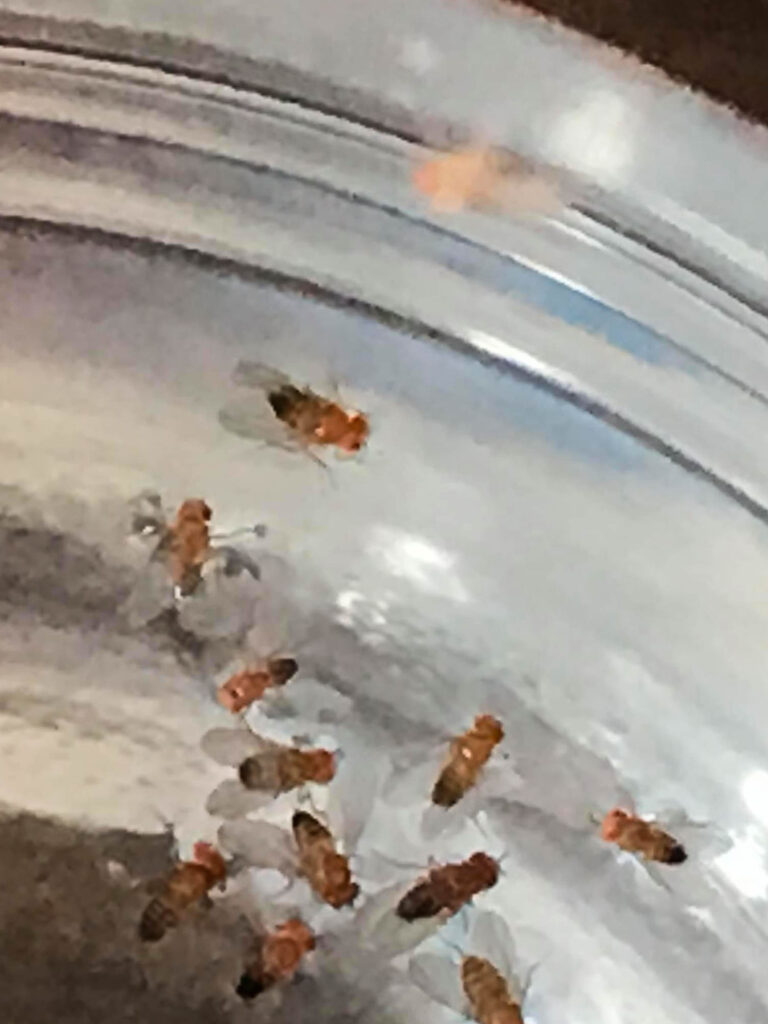About the Flesh Fly
There are a lot of different fly species out there, and they are all pretty annoying in their own way. Keeping track of the different kinds of flies can take some effort, but it’s important to note the differences, especially for farmers, campers, and those who desire to keep track of them for the safety of themselves and others. One such example is the flesh fly, which can be confused with the housefly but is not.
Appearance
Flesh flies look a lot like houseflies, but there are a few key differences in how they look. Flesh flies are larger and have a grey checkered appearance. This gives them a lighter coloration than other types of similar flies that makes them relatively easy to identify. As long as they’re not moving of course. It can be hard to tell fly species apart when they’re buzzing around, after all.
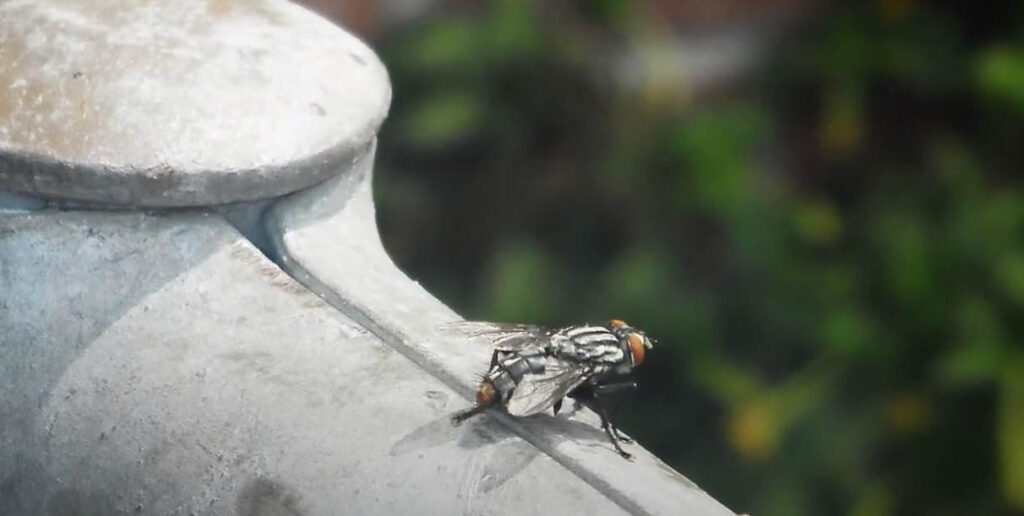
Behavior
Flesh flies get the name because they flock around carcasses and lay their eggs in them. As adults, they’re actually not too bad, since they eat dead stuff, which is actually an important part of the food chain. Since they don’t bother people or living animals, flesh flies don’t really spread disease as adults, making them more of a nuisance than anything else. Dealing with flesh flies mostly involves making sure an area is clear of carcasses. Those who maintain a compost heap should take good care of it as well to keep flesh flies from getting ideas. Though the flies themselves are pretty harmless, their larva can be a different matter. In general, the appearance of flesh flies is more disconcerting than the flies themselves. This naturally is a result of their namesake, because flesh flies eat dead animals.
Life cycle
As noted before, flesh flies feed on dead flesh. This is where they lay their eggs and the maggots live their disgusting larval lives. Flesh fly larva takes a couple of days to mature, and overall, the species has a lifespan of up to three weeks. The larva crawls away from the carcass to pupate. In this time, they have been known to burrow into open wounds, which is why they can pose a danger to livestock and other domesticated animals. Overall, flesh flies are more a nuisance than a problem, however. In fact, the larva is rather voracious and do good work cleaning up corpses and even eating other, more problematic pests if given the chance. They will pupate through the winter if needed and a single female can lay over three hundred eggs. The flies themselves don’t bite, which makes them refreshingly harmless if somewhat annoying for being a loud buzzing insect.
Habitat
Flesh flies traditionally inhabit tropical environments, which makes sense since heat and humidity make carcasses nice and inviting for carrion eaters, which obviously includes flesh flies. Though that is their natural habitat, these flies have followed humanity into other climates, likely by infesting dead rats on ships over the years. This means they can be found in cooler regions if humanity has a large presence. However, as noted before, flesh flies on their own aren’t really a problem. Though larger than houseflies they’re actually pretty useful in the food chain for their carrion consumption. The bigger problem with flesh flies is that their presence means there’s a dead animal around. Sometimes they’ll swarm in a house thanks to a dead rodent in a wall, attic, or basement.

While this is a problem, it’s not the fly’s fault. Flesh flies themselves are harmless and do important work in the wild. While their larva is voracious, they also perform important work. The larva’s appetites might lead them into an animal’s open wound, but other than that the flies are too busy eating dead stuff to bother humans. Making sure a home is free of dead critters and properly maintaining the compost heap are the best ways to make sure these little guys can keep on buzzing away from people, where they can do what they do best.
Pest Control Professional
Newsletter
Recent Posts
Catagories
Categories
Habitat
While this is a problem, it’s not the fly’s fault. Flesh flies themselves are harmless and do important work in the wild. While their larva is voracious, they also perform important work. The larva’s appetites might lead them into an animal’s open wound, but other than that the flies are too busy eating dead stuff to bother humans. Making sure a home is free of dead critters and properly maintaining the compost heap are the best ways to make sure these little guys can keep on buzzing away from people, where they can do what they do best.

